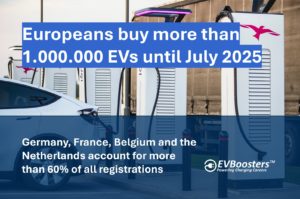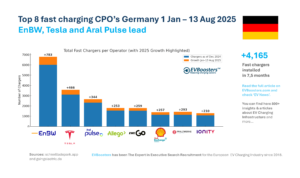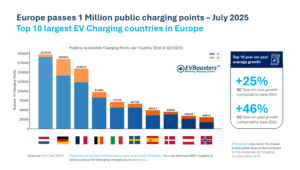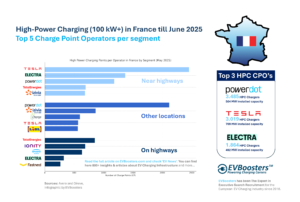Vehicle manuals are invaluable resources for EV owners, offering a holistic understanding of their vehicles. They provide a wealth of information that helps owners operate and maintain their EVs effectively. These manuals serve as a critical reference point, contributing to a better understanding of EV technology. To gauge the quality of information available to consumers, the study reviewed six operator manuals, carefully selected from the top ten bestselling EVs in Europe for 2022. This diverse selection allows for a comprehensive assessment of the information provided by different Original Equipment Manufacturers (OEMs).
The study focused on EV-specific information within the manuals, distinct from general vehicle information. Five overarching themes served as the framework for the review, guiding the assessment of the level of information provided. While the review doesn’t offer a complete analysis of all EV-related content in the manuals, it provides a representative sample of the information available.
Charging an EV is a fundamental aspect of ownership, and consumers need clear guidance on this topic. The study found that all six manuals included information on how to charge the vehicle. Each manual had a dedicated section that covered practical aspects of charging, such as locating the charge port and initiating the charging process. Visual aids and graphics accompanied these sections, making it easier for consumers to understand the charging process.
While all manuals contained information on charging, there were notable differences in the level of detail and consistency among OEMs. For instance, some manuals provided graphics illustrating the fundamental charging components and different charge point types (e.g., AC and DC), aiding consumer comprehension. However, not all manuals included these essential visuals, potentially making it more challenging for consumers to grasp the concepts.
Understanding how long it takes to charge an EV is crucial for consumers. The study revealed that only the Kia e-Niro manual provided information on indicative battery charging times, offering valuable insights into the charging duration. However, other manuals, such as Renault Zoe and Volkswagen ID.4, provided more general information about charging times, categorized as fast or slow, with limited detail.
Battery optimization is a vital aspect of EV ownership. Maintaining the health of the battery is crucial for the vehicle’s performance and longevity. The study found that only the Volkswagen ID.4 and Tesla Model Y manuals included information on optimizing battery health through different charge thresholds. These manuals provided guidance on settings within the infotainment system, battery charge limits, and various charging modes (AC vs. DC).
Interestingly, the study highlighted that the manuals did not use the same language or categorization for plug types as Chargepoint Operators (CPOs). This discrepancy could potentially confuse consumers when using public charging stations, emphasizing the need for alignment in terminology.
In conclusion, vehicle manuals play a pivotal role in empowering EV owners with essential information. The study’s findings underscore the importance of clear and comprehensive information in these manuals. While all manuals covered critical aspects of EV ownership, such as charging and battery optimization, there were notable variations in detail and consistency. As EV adoption continues to rise, standardizing and enhancing the clarity of information in vehicle manuals will be essential to ensure a seamless transition to electric mobility and enhance the overall ownership experience for consumers.
source: Electric Vehicles: Consumer Information Review | Steer







